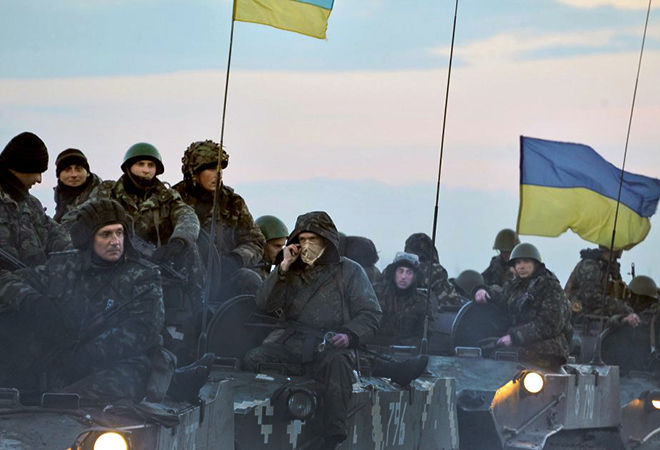Understanding the Conflict: Ukraine War Explained – The Ukraine war, also known as the Russo-Ukrainian War, is an ongoing conflict that erupted in 2014 between Ukraine and Russian-backed separatist groups. This complex and multifaceted conflict has had far-reaching implications for both Ukraine and the global community.
Causes of the Conflict
The Ukraine war has deep historical, political, and ethnic roots. One of the primary causes of the conflict was Ukraine’s desire to move closer to the European Union and NATO, which was met with resistance from Russia. Tensions escalated when Russia annexed Crimea in 2014, leading to protests and violence in Eastern Ukraine. slot
The war also highlights the longstanding divide between Ukrainian-speaking western regions and Russian-speaking eastern regions of the country. Political and economic factors further exacerbated these divisions, creating a volatile situation that eventually erupted into armed conflict.

Timeline of the Ukraine War
- 2014: Russia’s annexation of Crimea and the subsequent outbreak of violence in Eastern Ukraine marked the beginning of the conflict. Pro-Russian separatist movements gained momentum, leading to clashes with Ukrainian government forces.
- 2015-2016: The conflict intensified, resulting in casualties and displacement of civilians. Ceasefire agreements were brokered but often violated, leading to a cycle of violence.
- 2017-2020: Despite efforts to find a peaceful resolution, sporadic fighting continued. Diplomatic initiatives, including the Minsk agreements, aimed to establish a ceasefire and political solution.
- 2021-present: The conflict remains unresolved, with occasional flare-ups of violence along the frontlines. Diplomatic talks continue, but a lasting resolution has proven challenging to achieve.
Global Implications
The Ukraine war has significant global implications, affecting international relations, security dynamics, and regional stability. The conflict strained relations between Russia and Western countries, leading to sanctions and tensions. It also highlighted the vulnerability of nations situated between major powers, sparking discussions about sovereignty and the principle of non-interference.
The conflict’s impact extends beyond Ukraine’s borders, influencing discussions about NATO’s role, European security, and the balance of power in the region. Additionally, the humanitarian crisis resulting from the conflict has drawn attention to the plight of civilians caught in the crossfire.
Conclusion: Seeking Resolution in Ukraine
The Ukraine war underscores the complexities of modern conflicts, involving historical, political, and ethnic factors. Efforts to find a peaceful resolution have been ongoing, with diplomatic negotiations seeking to establish a lasting ceasefire and a path to reconciliation.
As the international community continues to engage with the conflict, the hope remains that a peaceful solution can be found—one that respects Ukraine’s sovereignty and the rights of all its citizens. Ultimately, resolving the Ukraine war will require concerted efforts from all stakeholders, including regional and global actors, to bring an end to the suffering and instability that has persisted for years.